There’s a new digital reserve currency.
And it’s not just the BRICS currency you’ve already heard of.
In fact, it’s a new currency that’s meant not just to counter the BRICS but potentially replace the dollar itself.
And its gained the support of some very powerful people.
Read on because if you learn this now and act soon enough, you’ll be ahead of 99.9% of people.
The Next Currency War Frontier
By now, most of you are aware of China’s plot to de-dollarize the world.
For decades, China has conspired to replace the dollar as a reserve currency. And as I recently revealed, it finally convinced its BRICS allies to launch a common reserve currency.
This “common” currency is expected to be led by the yuan—the currency of, by far, the biggest of the BRICS economies.
But it won’t be a fiat yuan.
Instead, China will likely seize the moment to deploy its newly-developed central bank digital currency (CBDC) called “e-yuan,” which has been in development for eight years now.
Not only has this e-yuan been successfully rolled out domestically, but since last November, it has settled over $20 million in cross-border transactions using China’s SWIFT-like clearing system.
Via our past Letter, “A new Global Currency Is Live“:
“Last week, China successfully completed a 40-day trial using its digital currency to settle cross-border transactions with Hong Kong, Thailand, and the United Arab Emirates. The trial processed over 160 payments worth $22 million – all in real time.
Those transactions came through the so-called “mCBDC bridge.“
This system was initiated by the same countries that participated in the e-yuan trial and were designed to settle real-time payments in CBDCs without using correspondent banks.”
Such a monetary system is extremely beneficial for China’s allies.
First, it would drastically reduce costs and expedite international transactions. More importantly, it would free its members of America’s increasingly politicized dollar-led system.
Second, unlike the dollar, this new currency would be backed by real assets such as gold, as suggested at the last summit.
In other words, Beijing’s new currency effectively offers the best of both worlds: the speed and convenience of digital currencies with the intrinsic value of hard assets.
If China pulls this off, it will crush the dollar – meaning everything will become much more expensive for Americans.
But if you think the US doesn’t have a plan to keep its monetary supremacy intact, think again.
Unicoin: The International Digital Reserve Currency
(Important Note: Not to be confused with Steve Wozniak’s Unicoin.)
A few weeks ago, at the International Monetary Fund (IMF) spring meeting– where the US has the most power through voting rights – a new monetary unit for cross-border transactions was unveiled.
It’s called the Unicoin Network, and it’s being overseen by the Digital Currency Monetary Authority (DCMA), which is behaving like a crypto arm of the IMF.
Via the official IMF press release:
“Today, at the International Monetary Fund (IMF) Spring Meetings 2023, the Digital Currency Monetary Authority (DCMA) announced their official launch of an international central bank digital currency (CBDC) that strengthens the monetary sovereignty of participating central banks and complies with the recent crypto assets policy recommendations proposed by the IMF.”
Note that this isn’t a proposal or a concept.
In fact, the currency is live now. (Do not confuse this with Steve Wozniak’s Unicoin.)
And from mock-ups in its official white paper, they’re ready to begin the pilot:
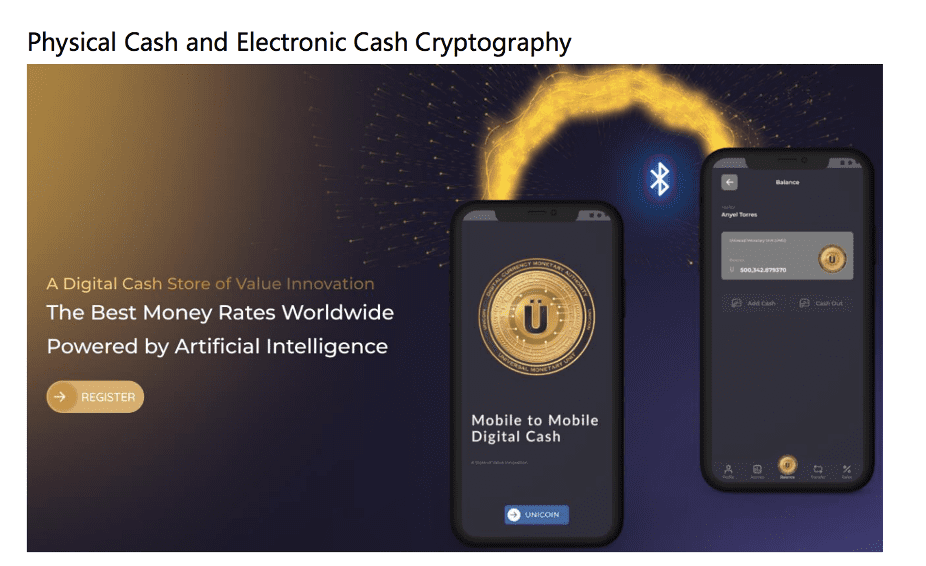
Yet, 99.9% of people haven’t even heard of it. And apart from Yahoo Finance, none of the major outlets reported it.
So why the fuss and urgency to deploy this digital currency?
The IMF frames it as a solution to bringing crypto technology to international trade.
As Tobias Adrian, Financial Counsellor at the International Monetary Fund, stated:
“Cross-border payments can be slow, expensive, and risky. In today’s world of payments, counterparties in different jurisdictions rely on costly trusted relationships to offset the lack of a common settlement asset together with common rules and governance. But imagine if a multilateral platform existed that could improve cross-border payment.”
But having gone through Unicoin’s documentation, which has recently been removed, it would appear that Unicoin ultimately has little to do with facilitating international payments.
In reality, its purpose appears to give those with voting power maximum political control in the post-fiat world.
Here’s how.
How Unicoin Works
Before we get into technicalities, there’s one important distinction to note about Unicoin.
Unlike any fiat or cryptocurrency, Unicoin is not technically a currency. Nor is it designed to ever become one.
In fact, the DCMA strictly prohibits any state from making it legal tender.
Instead, Unicoin is what they call a “Universal Monetary Unit” (UMU). It’s a unit of exchange intended to settle transactions in different currencies—then stored or exchanged back.
Via the whitepaper:
“Although UMU is technically engineered and governed like an international CBDC, it is considered a money commodity in international law. UMU is engineered as a payment currency to tender the equivalent value in UMU of any purchase agreement settlement currency.
To ensure the monetary sovereignty of central banks, UMU can only be purchased and liquidated in the local legal currency. However, once purchased, UMU can be tendered domestically and internationally to pay the equivalent value in UMU of a settlement currency invoice amount.”
Think of it as the dollar in the fiat banking system.
Although there are 180 currencies in the world, 96% of trade is settled in the dollar and then converted back to local currencies. The dollar is a vehicle of trade in the fiat world.
Meanwhile, central banks hold 60% of their reserves in the dollar.
Likewise, the DCMA now wants Unicoin to be the settlement currency and key reserve asset in the digital currency era.
As you can imagine, such a framework opens up a Pandora’s box of possibilities for global regulation and surveillance.
The Interpol of Finance
The ability to control the world’s settlement currency is powerful enough.
But when you combine that with the power of digital currency programmability, it’s a whole new ball game.
Here’s why.
Once fiat money enters the economy, there’s very little a central bank can do. While they can print money at will, they have no say in how that money is distributed or used.
A CBDC turns this banking model upside down.
Whether it’s a digital dollar or Unicoin, CBDC tokens can be distributed directly to people. And the issuer has the ability to pre-program them to bind the recipient to certain rules.
For example, a CBDC token could have an expiration date or limitations on where it can be spent (think expiring food stamps).
Even more controlling, they can do it AFTER the token has been pushed out into circulation.
In other words, every token you might hold in your digital wallet, a savings account, or a “digital 401k” could be taken away at the issuer’s will—or in this case, Washington’s.
Now put this in the context of central banking, and you’ll quickly understand what a big deal Unicoin is.
For a taste, here are a few applications of Unicoin the DCMA itself has come up with.
One of them is what they call “geolocation-based regulation.”
In short, the issuer of Unicoins can limit the supply and use of Unicoins by recipient location—e.g., as part of sanctions.
From the whitepaper:
“Sanctions are another good use case for global localization. One central bank may decide to sanction a person, entity, or another jurisdiction, whereas another sovereign state may not elect to do so. The DCMA does not impose any centralized regulatory rules. Each central bank and/or commercial bank on the Unicoin Network is responsible for configuring its regulatory compliance rules.”
Of course, the DCMA assures that they will not intervene and there will be no centralized regulation. But knowing the IMF is always intertwined in global affairs doesn’t seem very reassuring, could they force the DCMA to do their bidding?
How many times have we heard that the government will not get involved, only to be entirely involved?
This targeted regulation doesn’t just apply at the state level.
They will be able to target companies and even individuals because each digital wallet—be it a commercial bank, an LLC, or your personal savings account—will have a globally unique identifier (GUID) assigned to it.
From the whitepaper:
“This global yet decentralized registry would create a unique global identifier for every person and entity for every bank account opened in the international monetary system, or at least the participating member banks. So, if a banking customer in the United States has the same or statistically similar KYC information as a banking customer in the Cayman Islands, the global KYC registry would generate the same globally unique identifier (GUID) for each customer.”
Again, I’m not pulling this out of thin air, and this most certainly isn’t a clickbait conspiracy.
These are actual DCMA plans from the official Unicoin documentation.
But if you think THAT’s frightening, it gets even scarier.
Global Monetary Policy
Had the IMF’s real concern been slow cross-border payment settlements, they would have had DCMA design Unicoin to be more like a stablecoin – just as the crypto community has taught us.
For example, if you want to speculate, you trade coins. But if you just want to transact, you use stablecoins like Tether that are pegged to the dollar because they avoid currency risk and hedging costs.
But clearly, the IMF’s motives go beyond trade settlement. More importantly, the IMF, and the West, can’t lose control of the global monetary system.
Which is precisely why the IMF could – through the DCMA – manipulate Unicoin’s value, just as the FED controls the dollar.
I’m not kidding.
The DCMA has literally granted itself a mandate to conduct open market operations on the Unicoin Network:
“The use of open market operations will assist in minimizing price volatility over time and should prevent Unicoin from being traded in the same pattern as the broad cryptocurrency market.
Unicoin open market operations will utilize a collaborating network of open market traders to buy and sell Unicoin to stabilize any aggressive volatility that may arise in the open market.
Unicoin open market operations will also be a strategic tool for achieving short-term and longer-term monetary policy targets and goals.”
And as if that weren’t concerning enough, the DCMA plans to use AI to guide their policy decisions—even though there’s ample evidence that the technology is politically biased.
“The Unicoin open market operations will deploy artificial intelligence and machine learning trading bots to assist in achieving Unicoin monetary policy goals,” the whitepaper notes.”
Imagine what they can do given that they are seeking to “tokenize” everything right down to people’s deposits.
From the whitepaper:
“The Unicoin Network has implemented a globally decentralized tokenized deposit mechanism where any bank can mint Unicoin on deposit or purchase transactions. The funds remain on the bank’s balance sheet and are not required to be outflowed to another bank or foreign economy like USDT or USDC.”
For example, they could force a certain demographic to empty their savings and splurge to stimulate the economy. OR they could impose quotas on some of their spendings for whatever reason.
And here’s the key: they could do that across borders.
Imagine that: a one-currency system, ironically called “One (uni) Coin.”
Sounds an awful lot like the one-world government conspiracies, no?
The Dollar on Steroids
I don’t know how Unicoin fits into the digital dollar project—or if it’s the same thing in a different wrapper. Or perhaps its yet another testing ground to prepare for a launch of a global digital currency.
But one way or another, your fiat money will soon be “tokenized.”
And once you are on their “network,” they’ll have full control over your finances.
That’s why I’m betting big on hard assets going forward.
Having autonomy over the privacy and ownership of your assets will soon be an immense privilege. And people will pay a proportionate price for it.
Mark my words.
Seek the truth and be prepared,
Carlise Kane






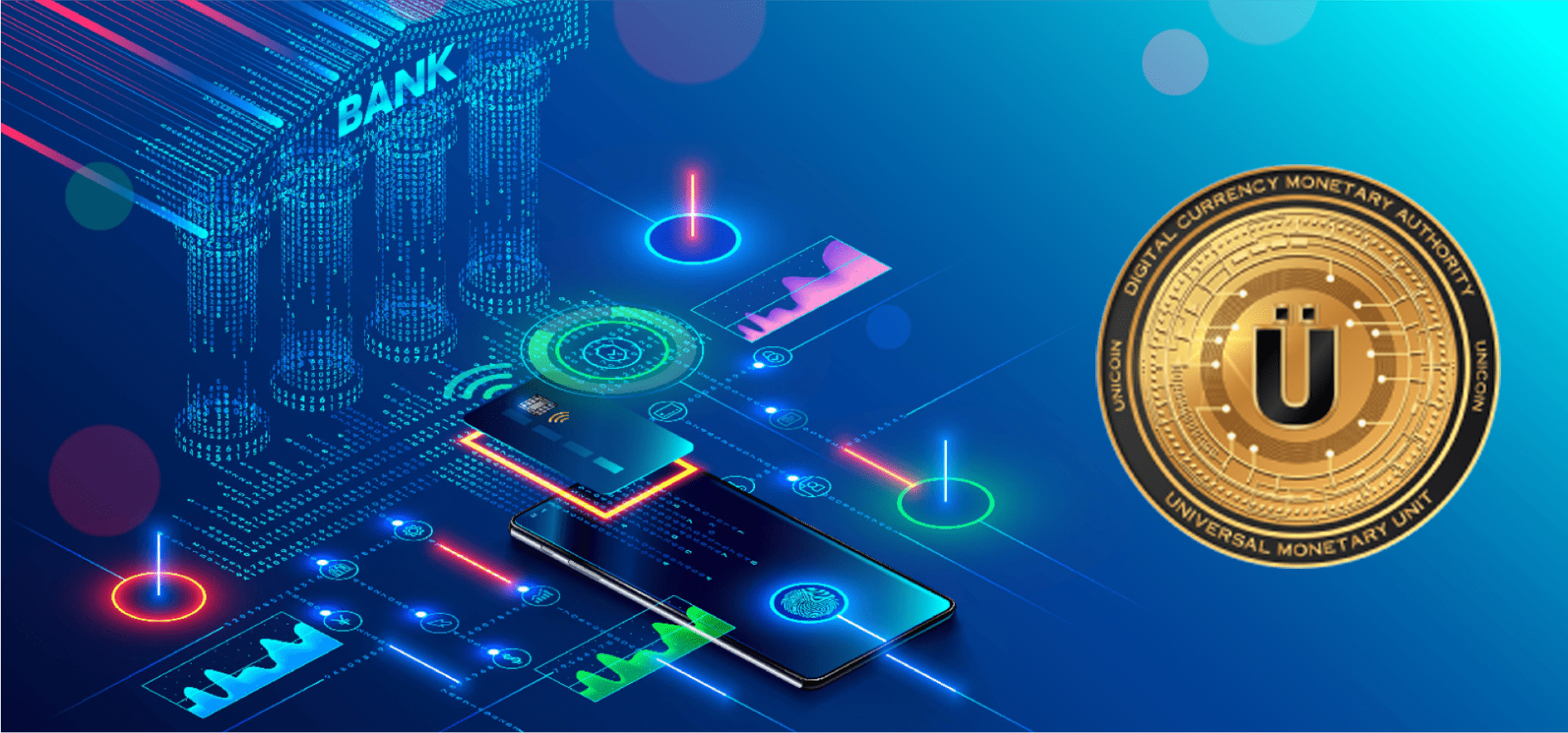
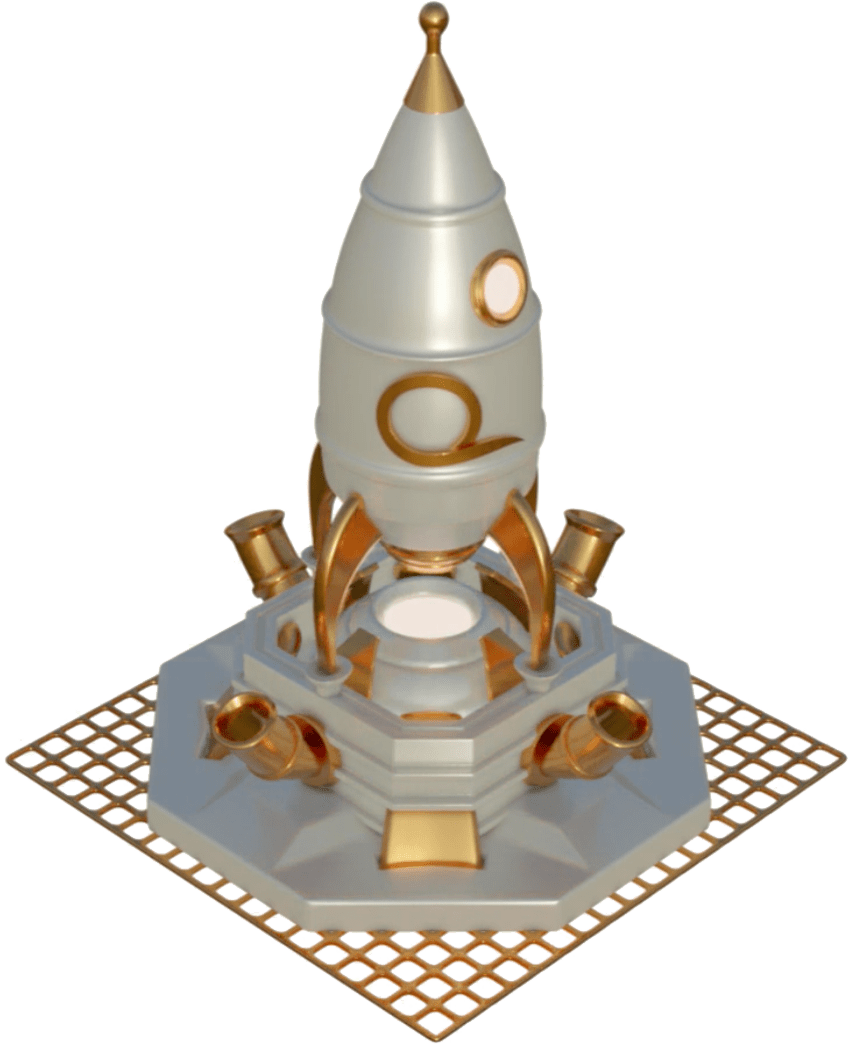
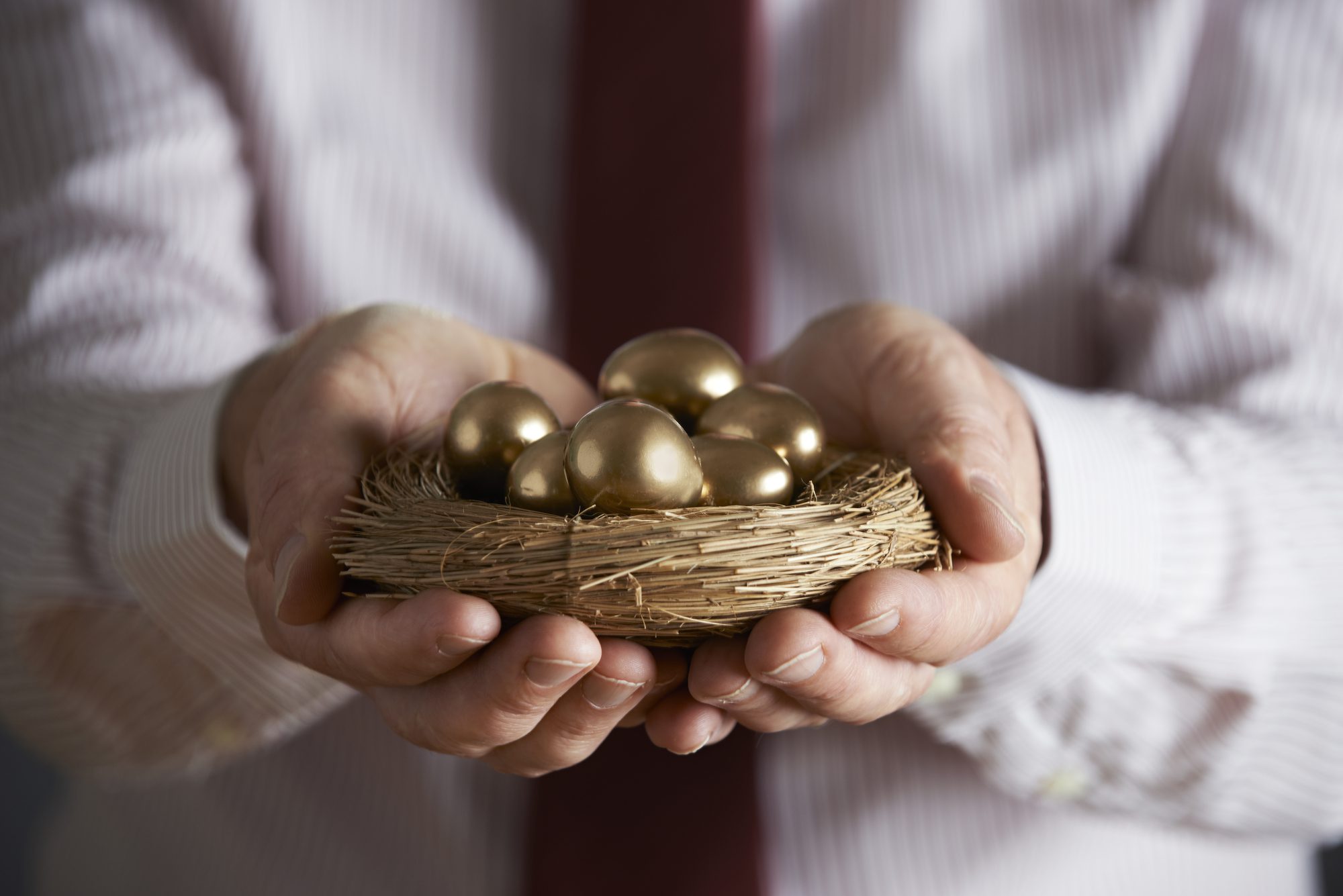
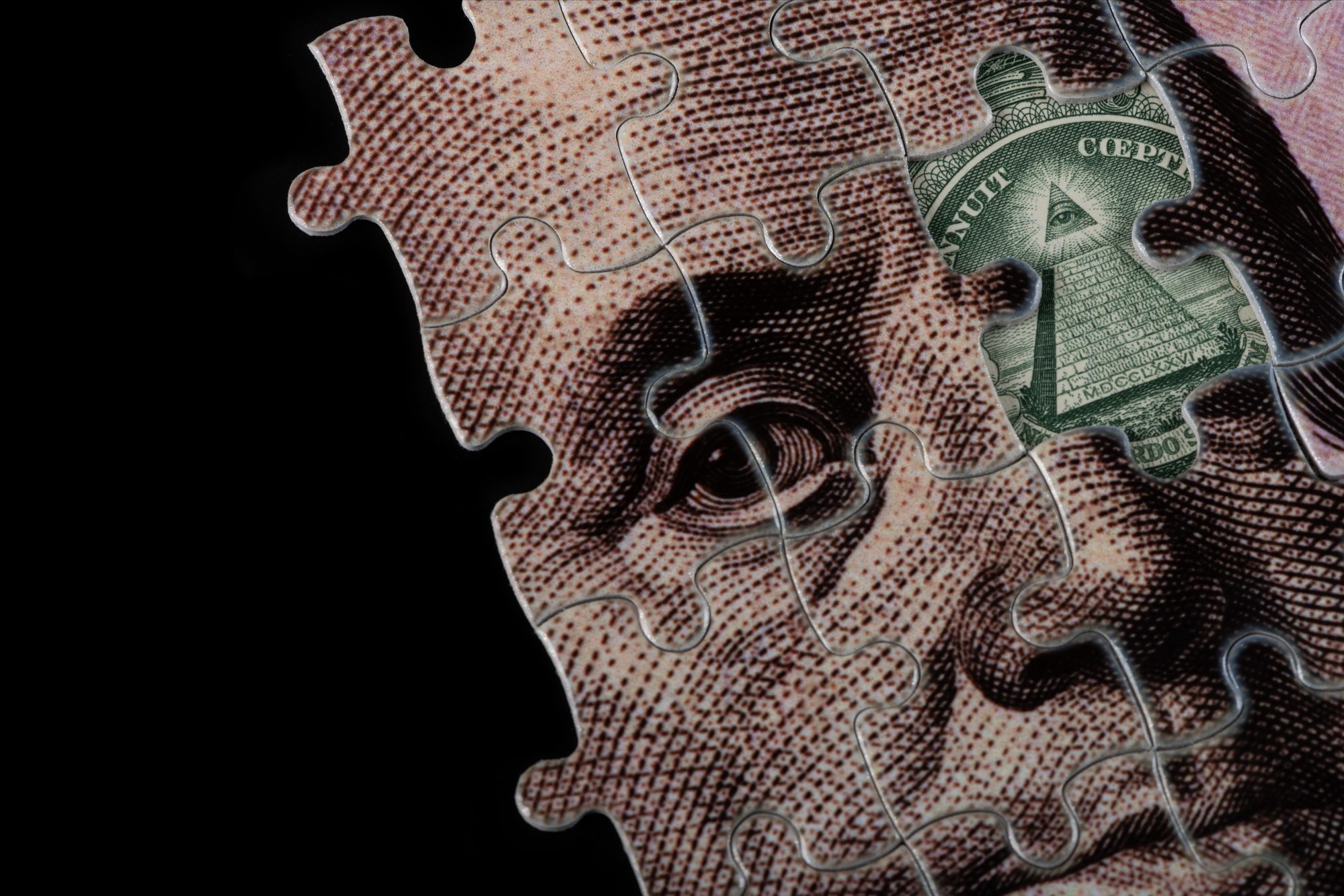




One world Government
ONE WORLD CURRENCY
One world religion
one ducked up system
BEGING OF THE END.
Every day that passes I see how the scriptures are fulfilled, you have to be prepared for the end.
So 🤔❓🤔
I’m a bit confused 😕 nothing new 😂 but
I thought the USA already had a Token in place ??? To replace paper money etc???
I hear about right around when Rona came into play, but then it wasn’t talked about anymore
Heck actually I’ve been trying to find out what it is called.
So I can get in on it
I only remember it’s something like Bitcoin, and all the other ones
Does anyone know what I’m talking about??? Or is this article it??? So confused
HAVE A GOD BLESSED DAY 🛐🛐🛐 STAY SAFE
VICTORIA